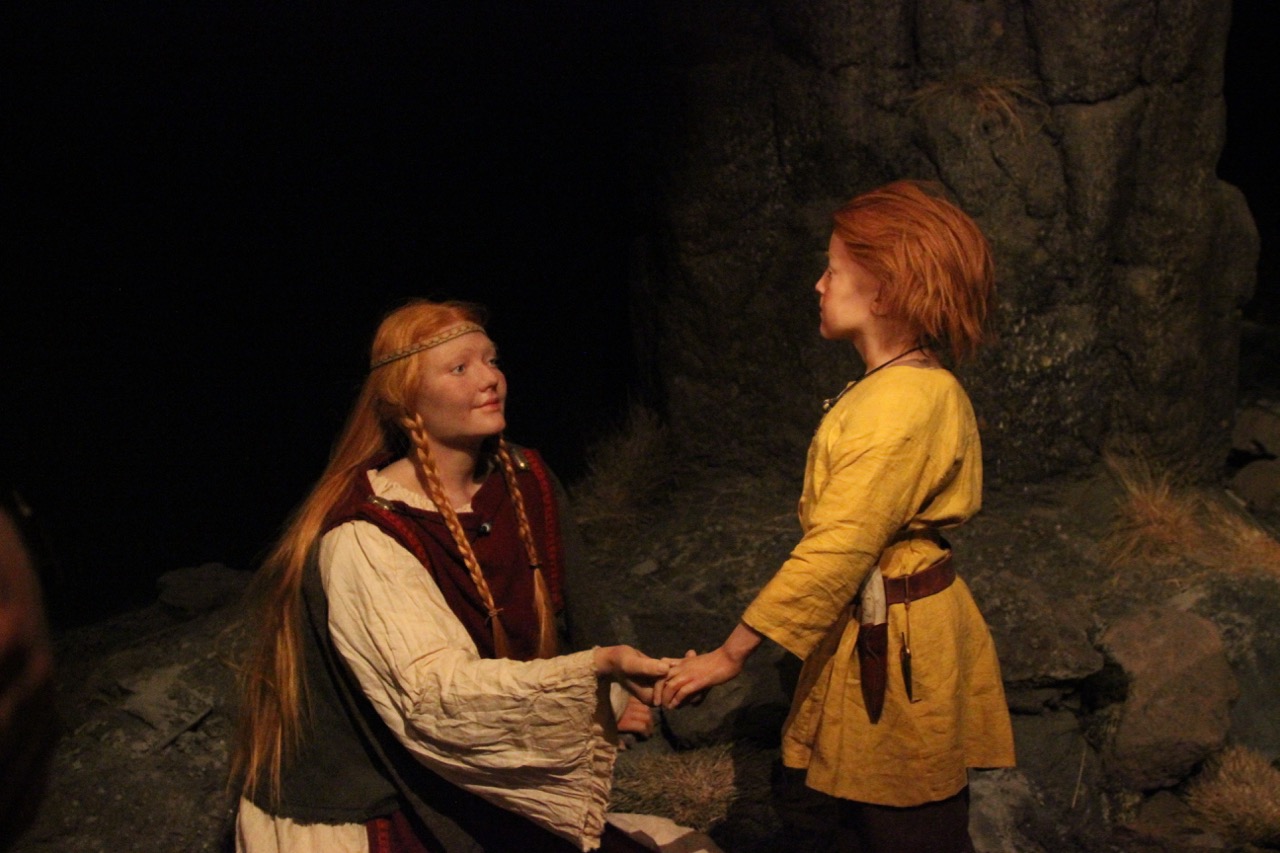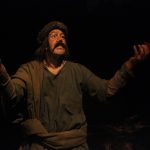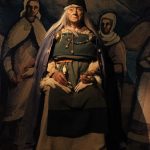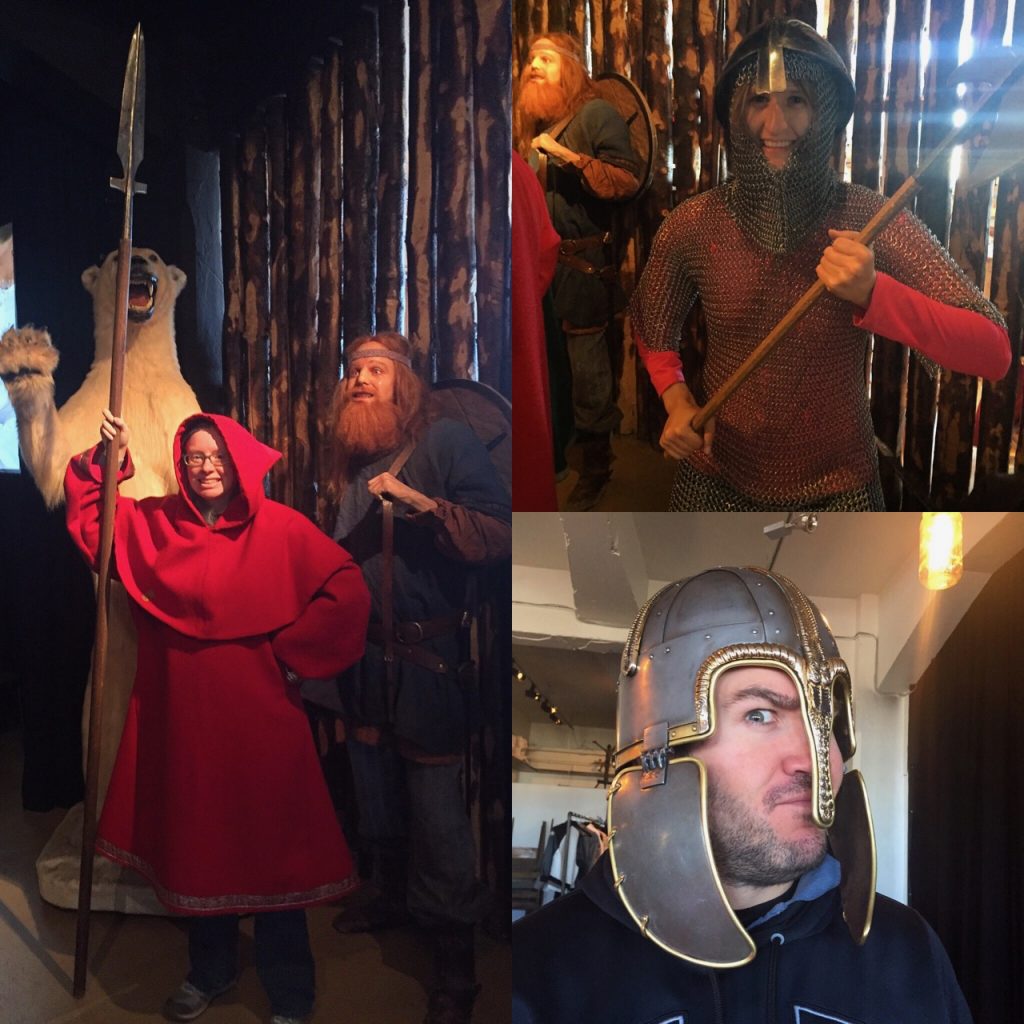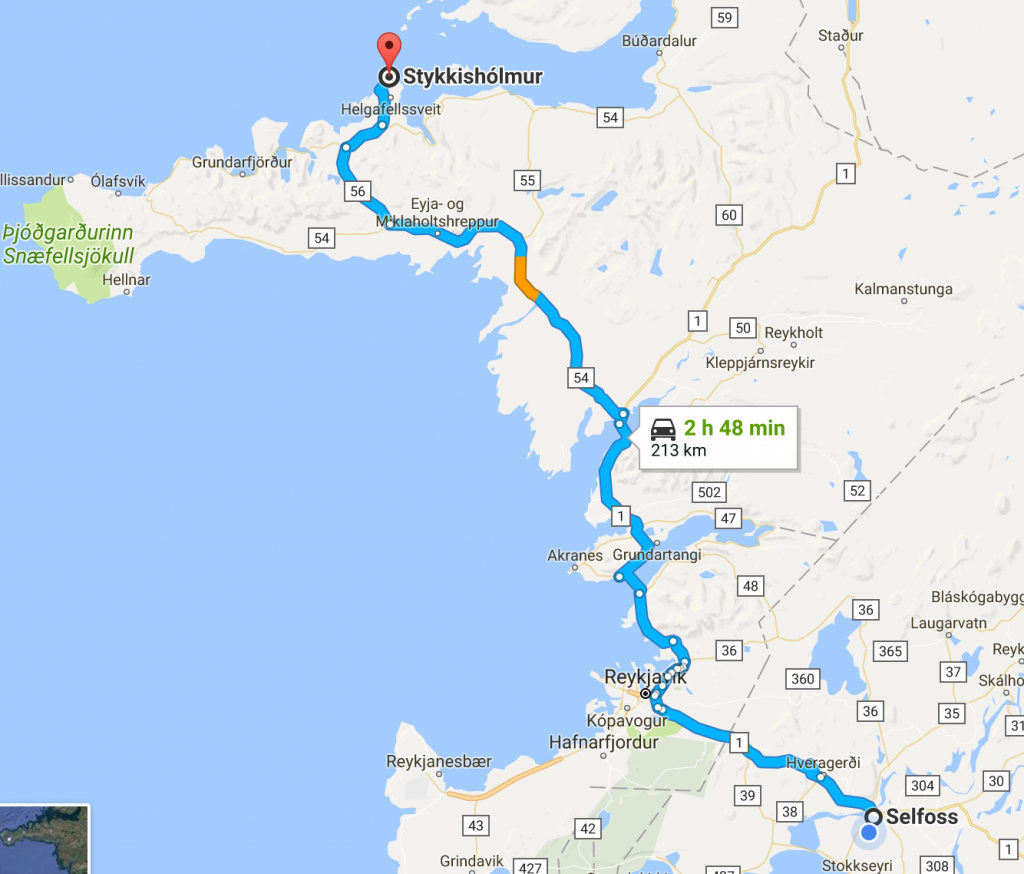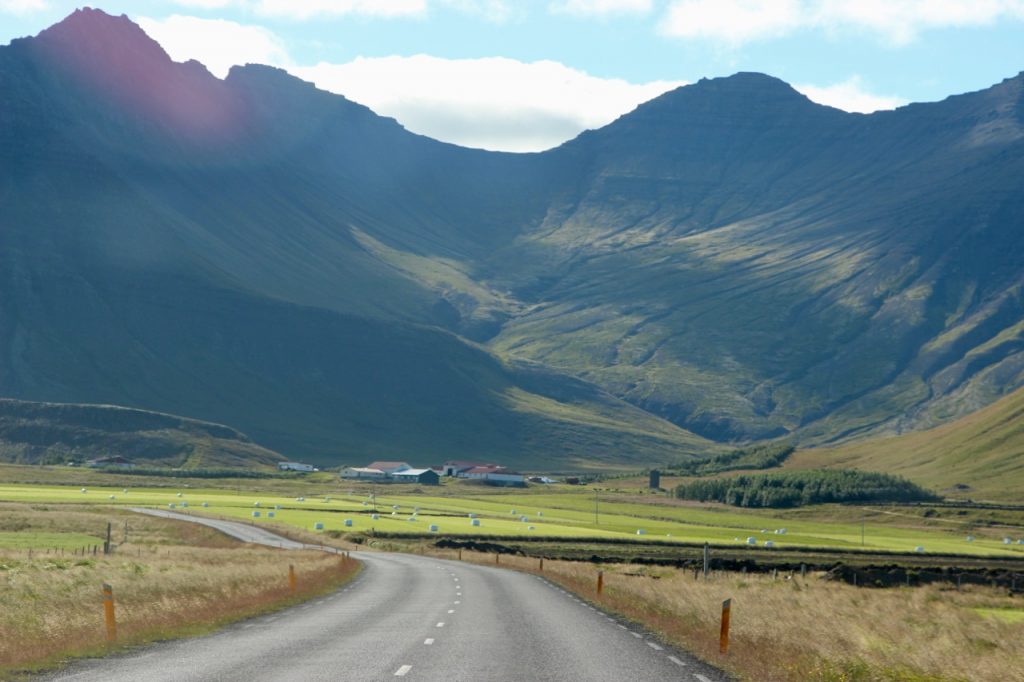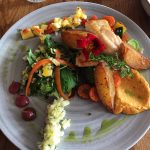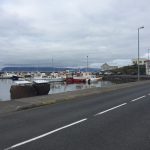Instead of nature – enough with the waterfalls already, Iceland – today we headed to some of Reykjavik to do some traditional Icelandic things. We learned about the Saga and the Settlement era, and of course planned to eat hot dogs. Reykjavik: Famous for tasty hot dogs.
First stop: Saga museum! It covers history on the Icelandic family sagas, which took place around the 9th and 10th centuries. The Sagas focus on family stories from early Icelanders, and take place in Iceland, Greenland, and Newfoundland.
The Saga Museum was really interesting – its focus was on telling the tales and placing them within historic context. The tour takes about a half hour and you view dioramas with wax figures dressed as people would during the Saga while listening to an audio recording. The museum used models from around Reykjavik and they were incredibly lifelike.
Bonus: The Saga Museum has an area where you can dress like a viking! I chose chain mail and put it on over my atomic pink top. Danielle, meanwhile, became a cheerful spear-wielding hooded maiden. She also befriended a bear.
After the Saga museum, we of course had to visit the tasty hot dog stand. It had a semi-ludicrous line today. We witnessed a seagull steal someone’s hot dog and eat it and the bun whole. It was a miracle of nature. Or an abomination. The jury’s out on that one.
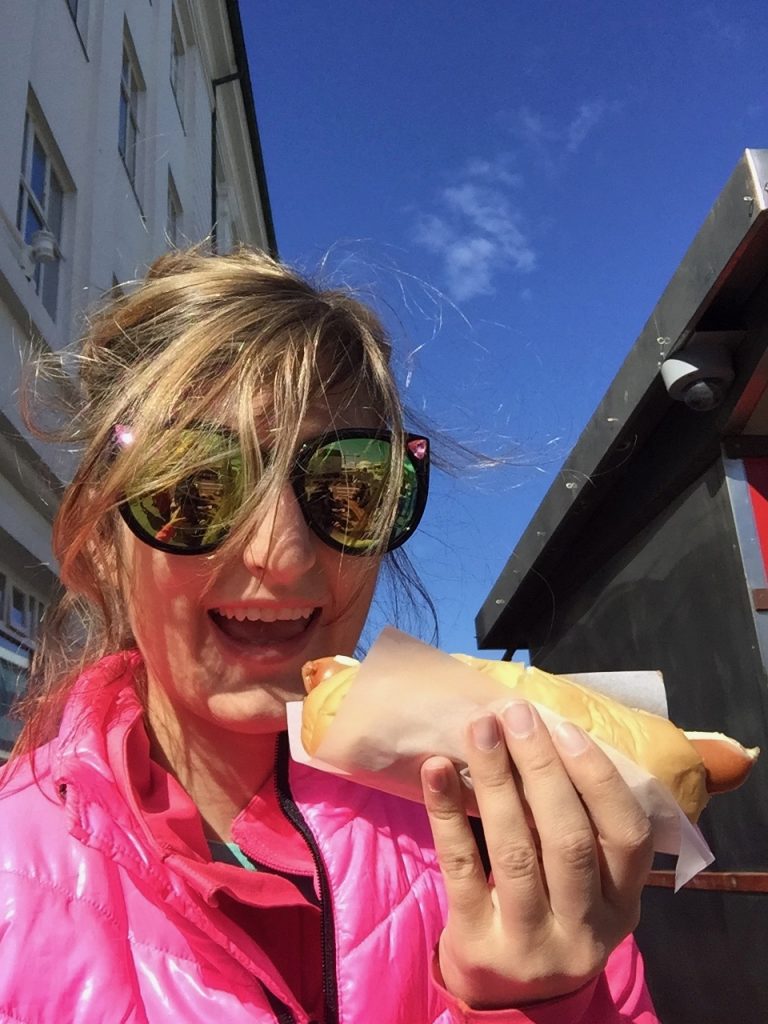
Next was Reykjavik 871 +/- 2: The Settlement Exhibit. This museum is built around the uncovered remains of the first houses in Reykjavik, from around 871 (+/- 2, as that is how accurate the dating is). People lived there in long homes, fishing and farming and trading with their neighbors.
The museum itself is built on top of the foundation of an old settlement-era home uncovered during construction of a parking ramp. It displayed artifacts discovered during the dig, and offered theories on how the original home looked and what the purpose of the rooms and surrounding buildings was.
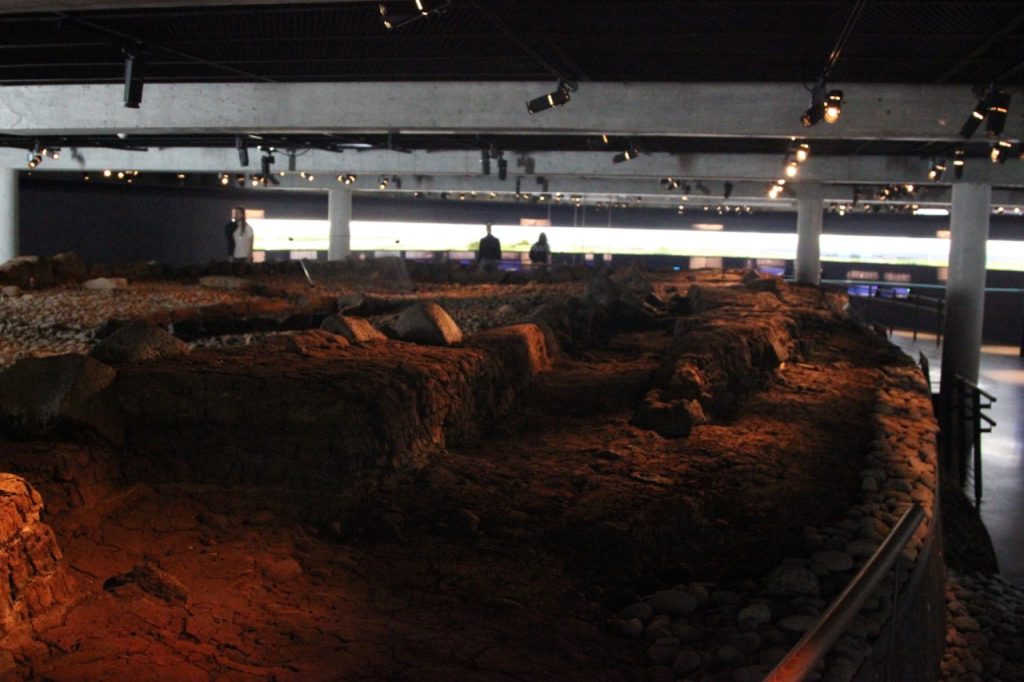
We learned the roots of the language, and how Icelandic as a language has not changed very much over the past century. Originally, Old English and Icelandic were very similar – and modern Icelandic people can understand Icelandic from about a thousand years ago with relative ease. Amazing!
They also had a special interesting exhibit on animals in the Settlement era – people were often strongly bonded with and buried with their horses when they died, and many domestic animals played a special role in mythology and daily life. I also got to pet some sheep wool.
After tasty hot chocolate and some shopping, we dropped Justin off at his hotel so he could depart 🙁 and we headed up to Stykkisholmur.
Part of this was a backtrack, and some of it was new through the Snaefells peninsula and its rolling hills and dramatic scenery. Also: sheep, of course! And I get to sit in the front and navigate – we will definitely get lost at some point during this trip. Bjuster feels spacious now that there is only three of us.
We ended up in our charming Air B&B in the port town of Stykkisholmur. It’s known for fishing, ports, and the ferry to the Westfjords. We had an incredible dinner of fresh seafood and prepared ourselves for our hike up a mountain on a glacier tomorrow!
